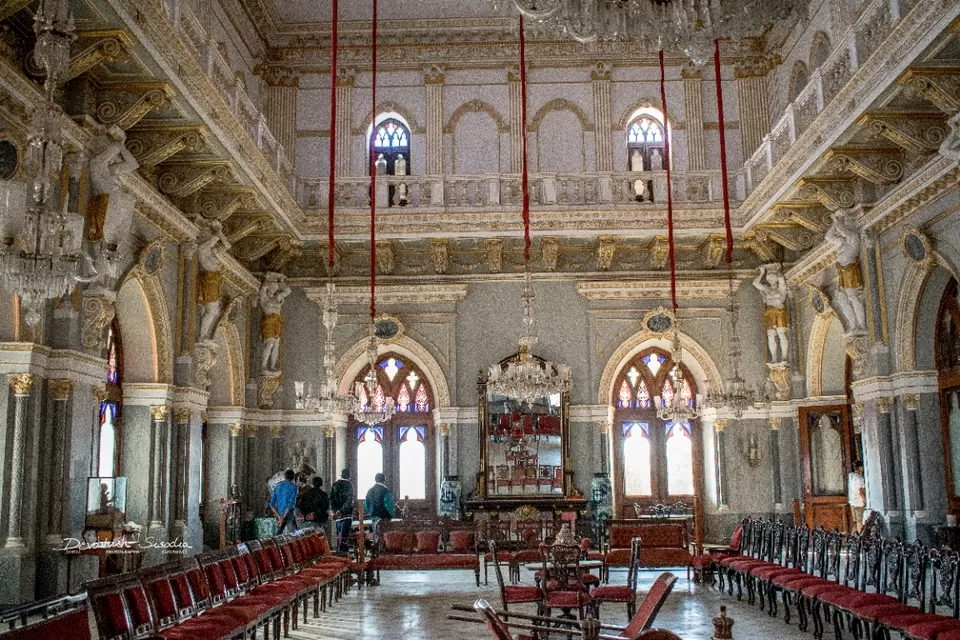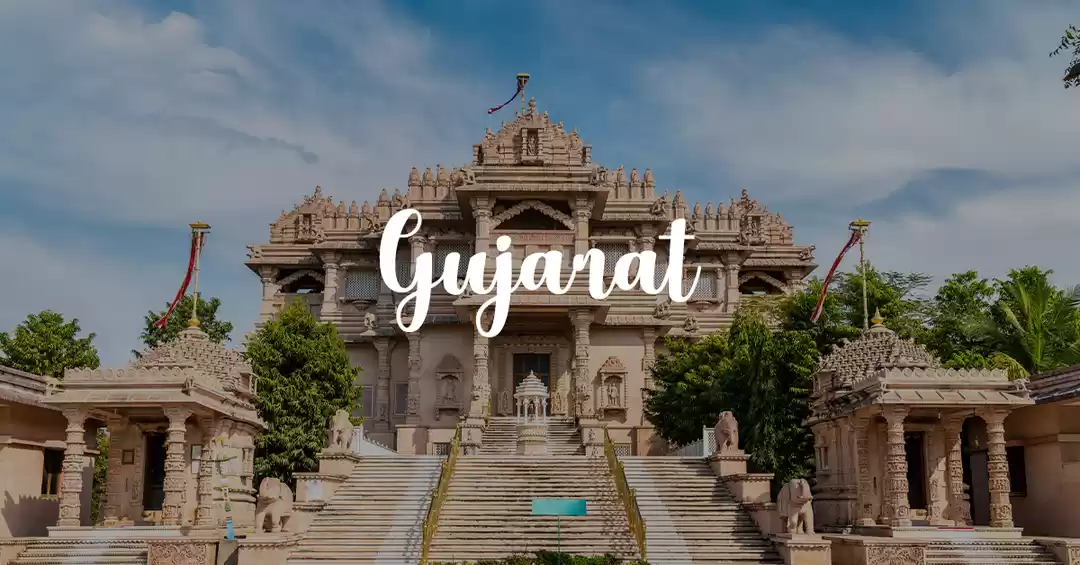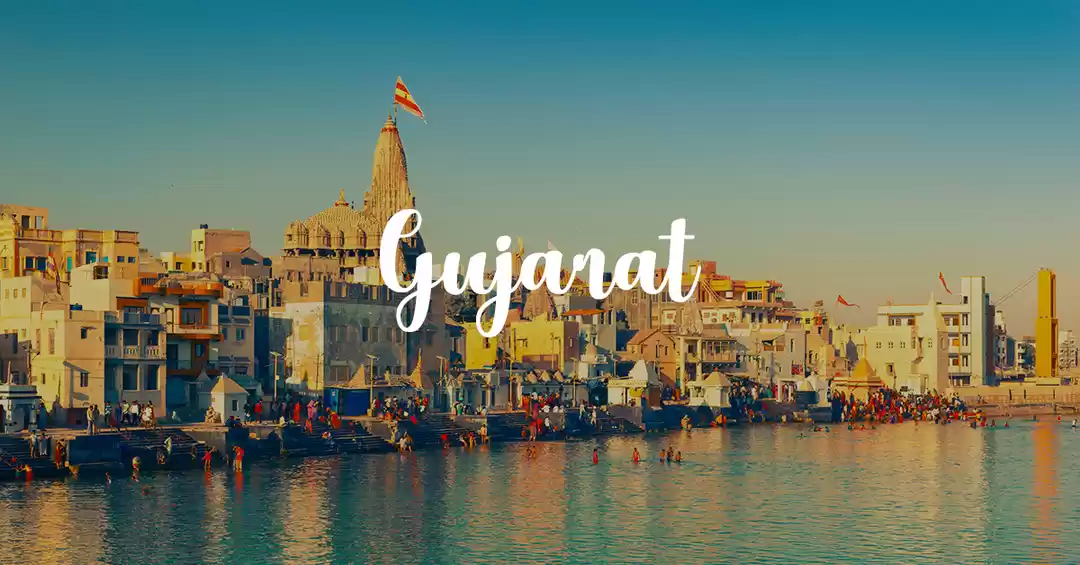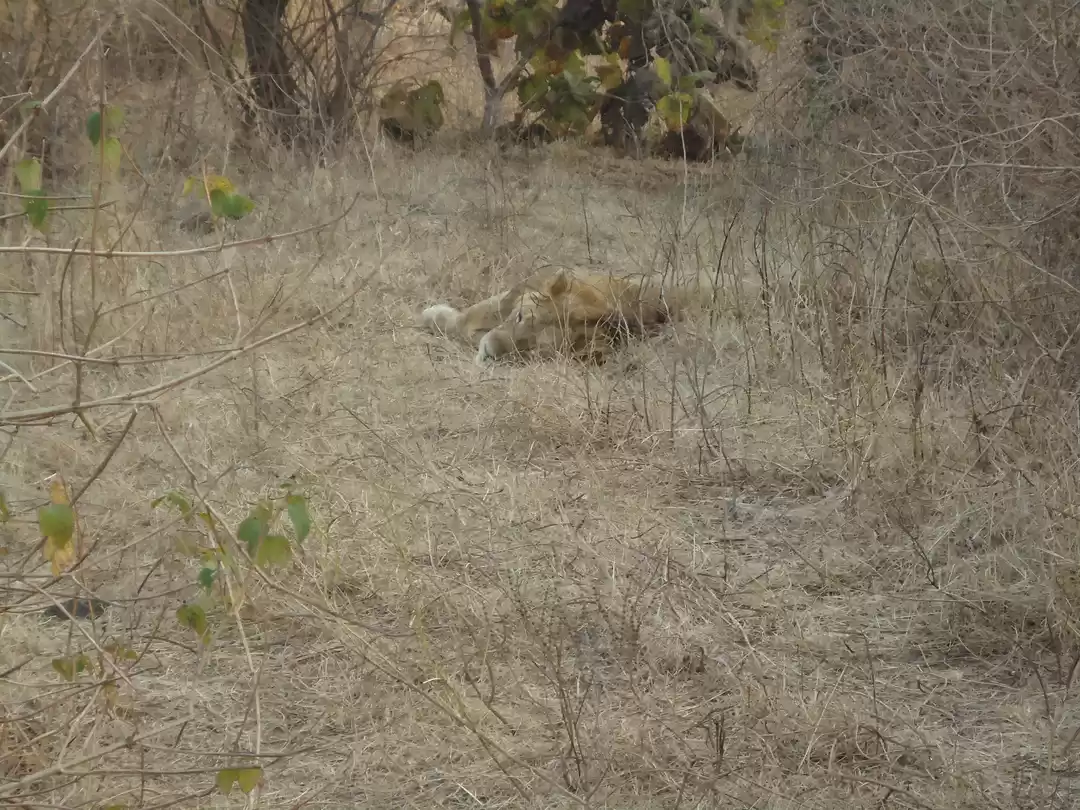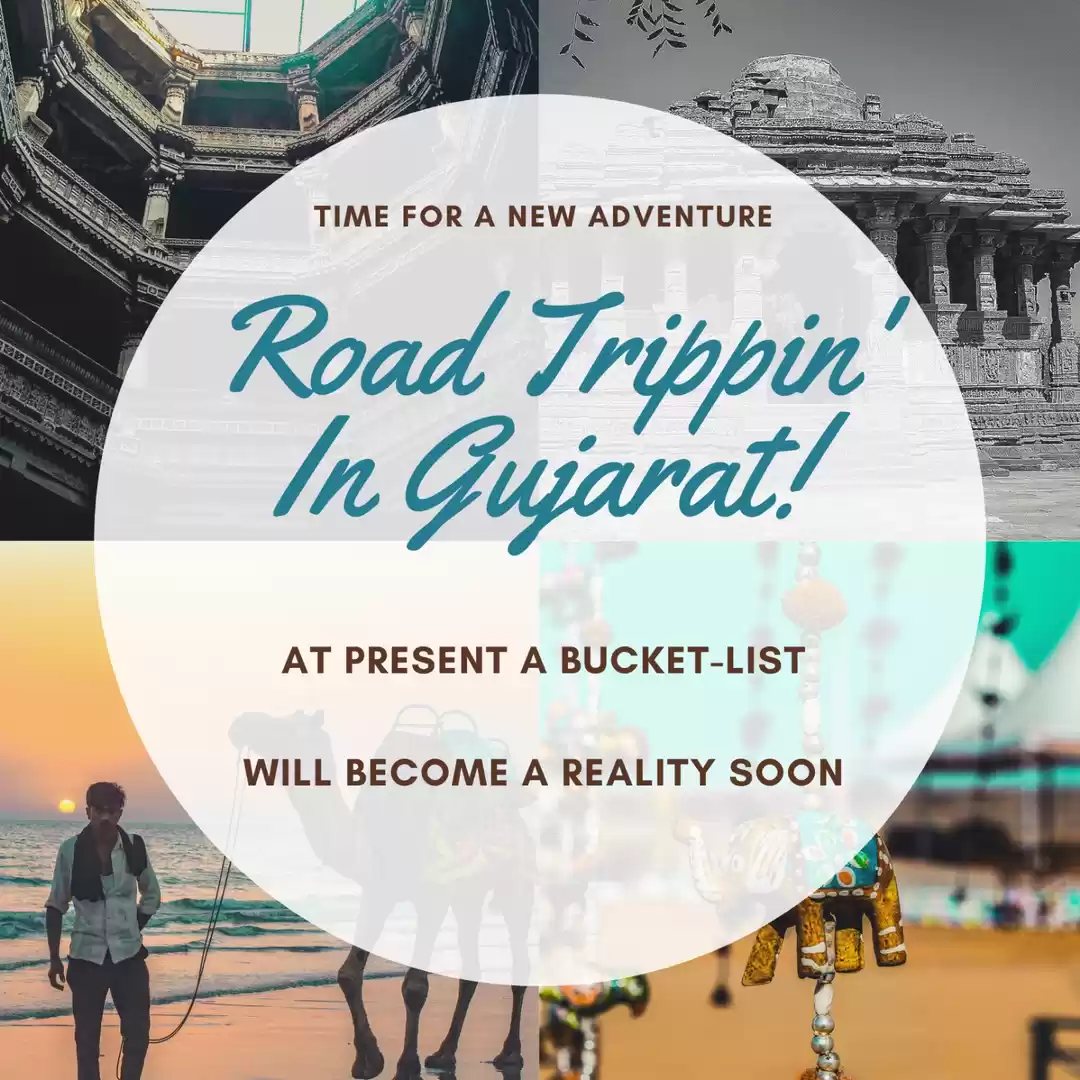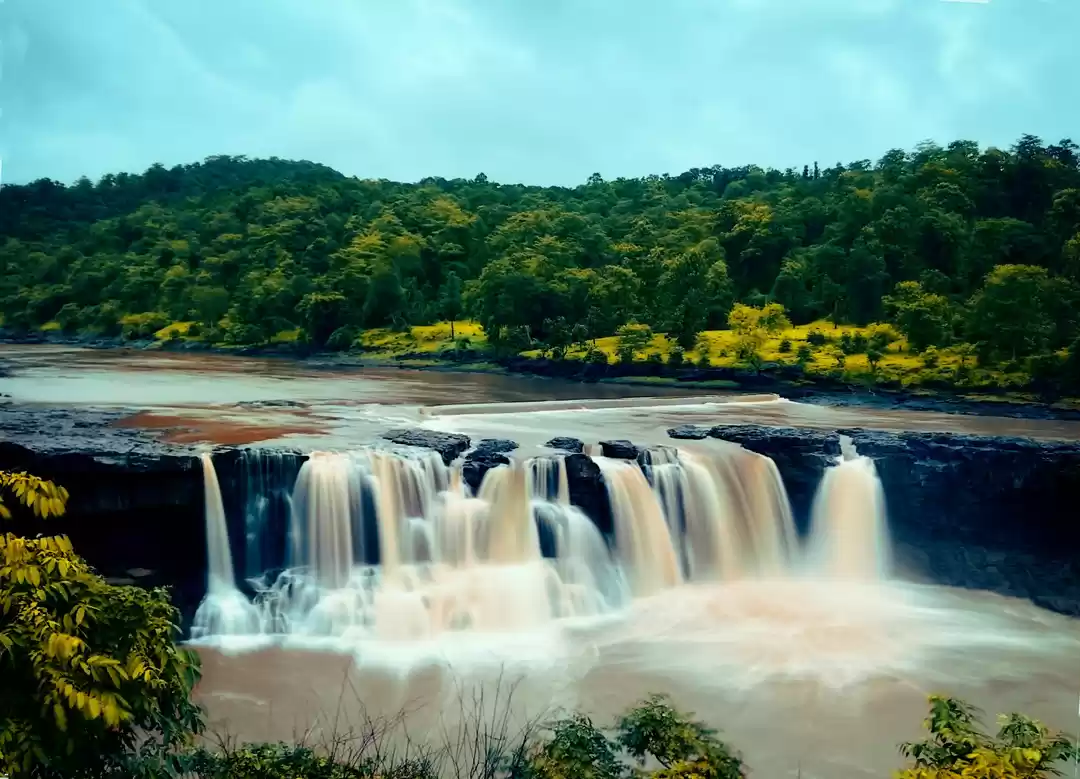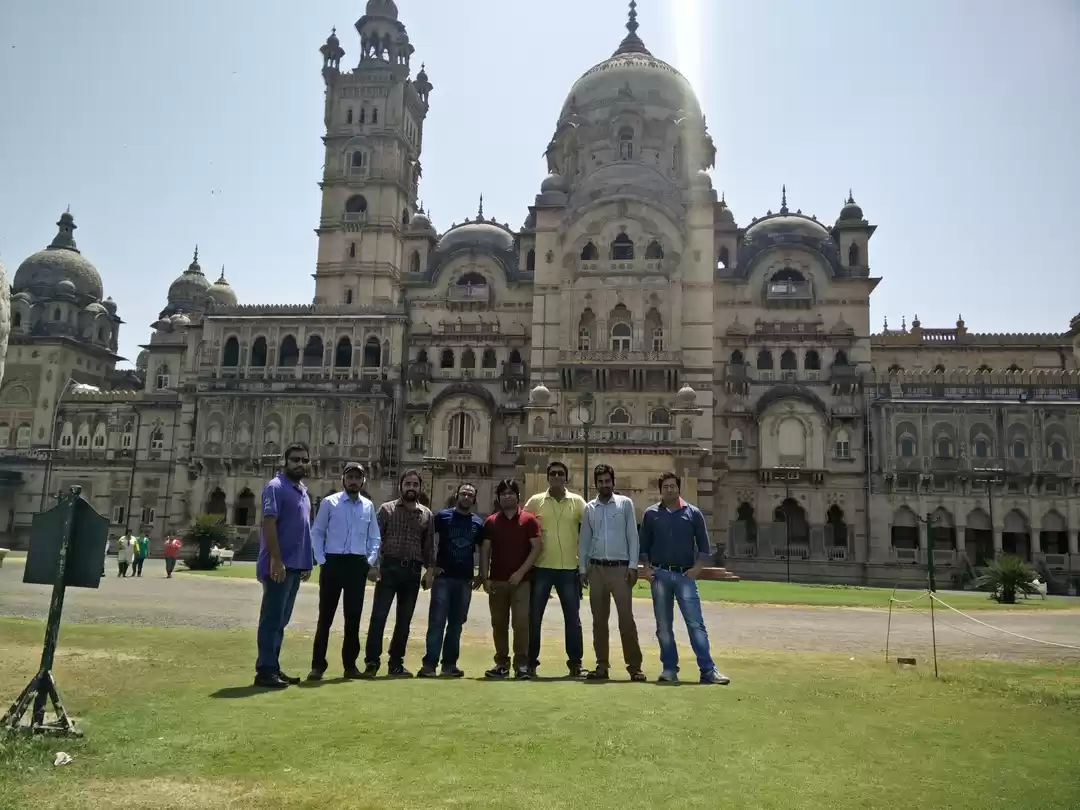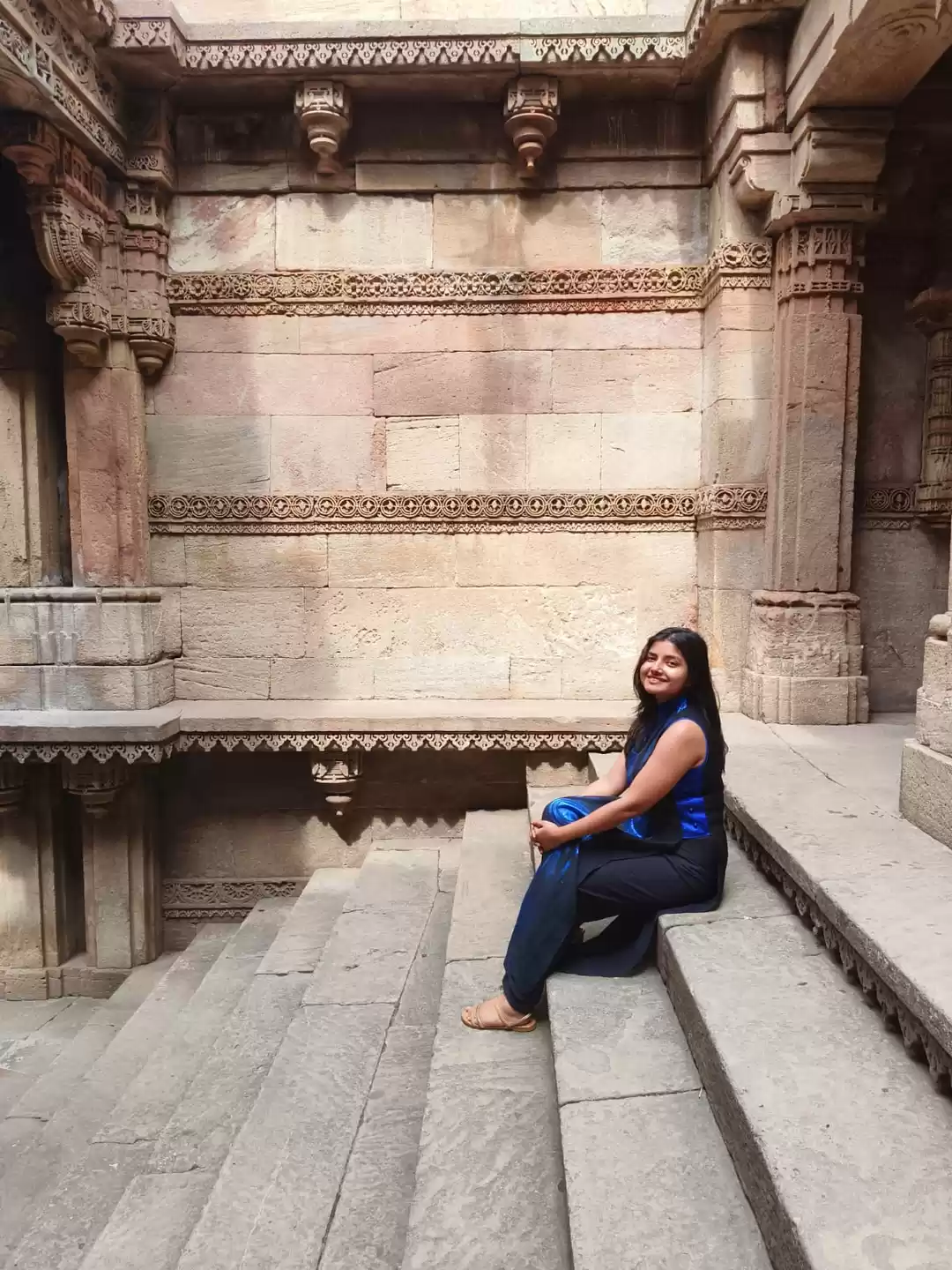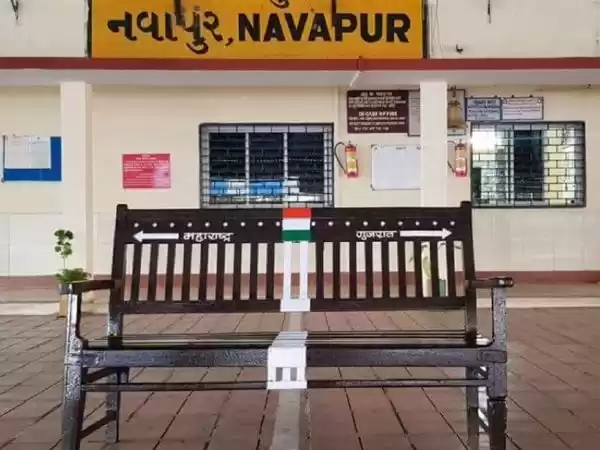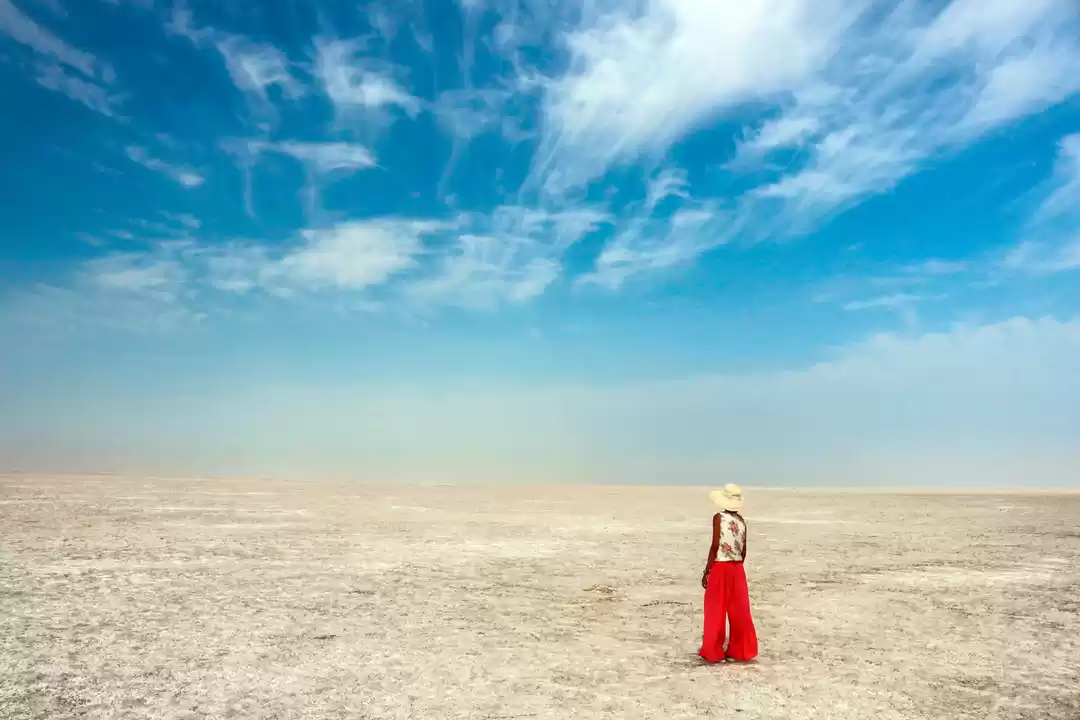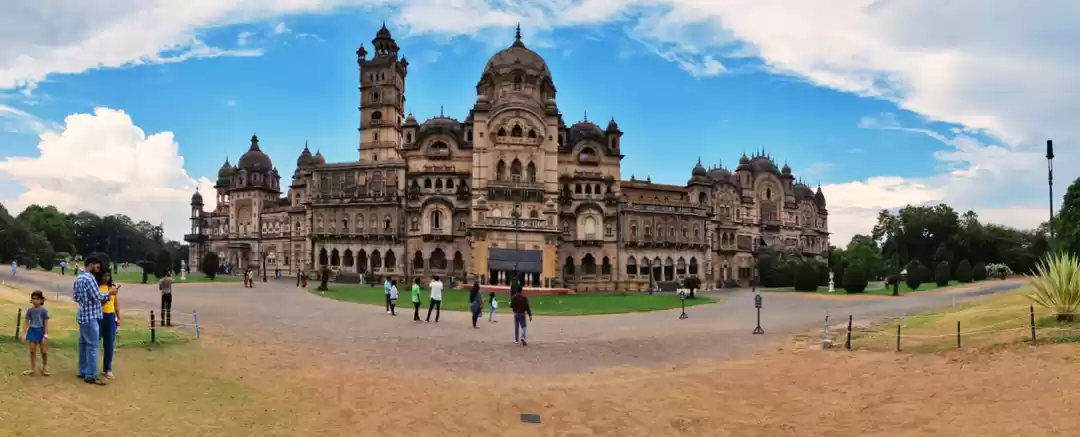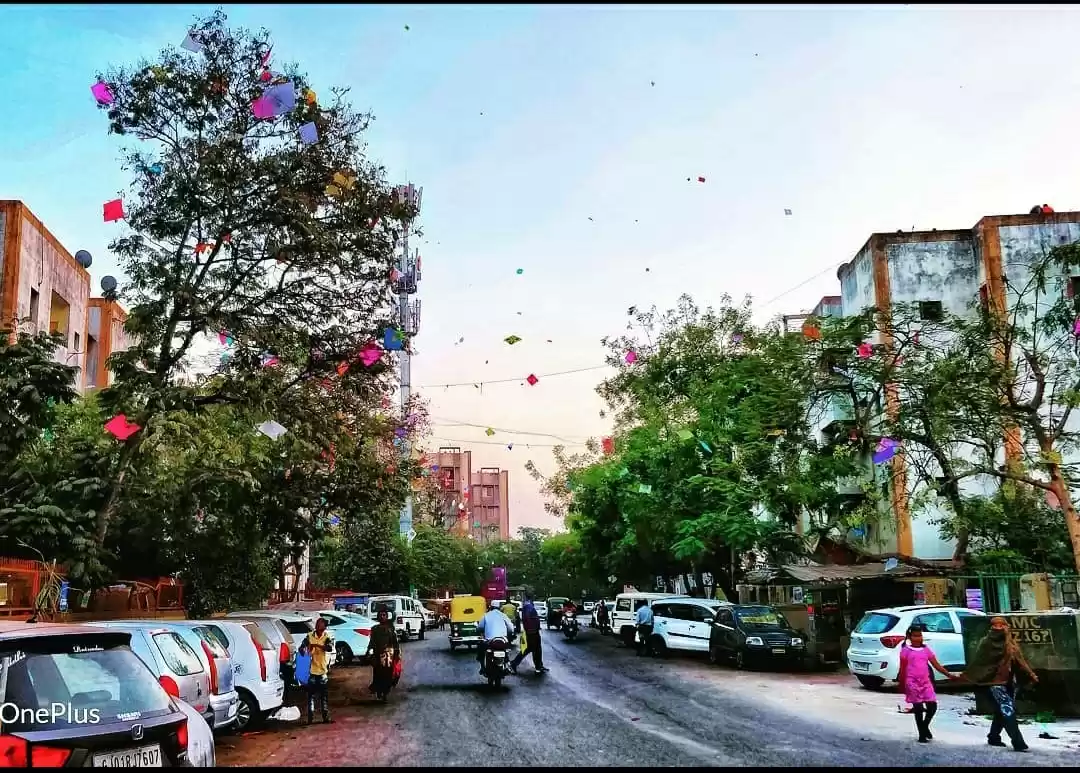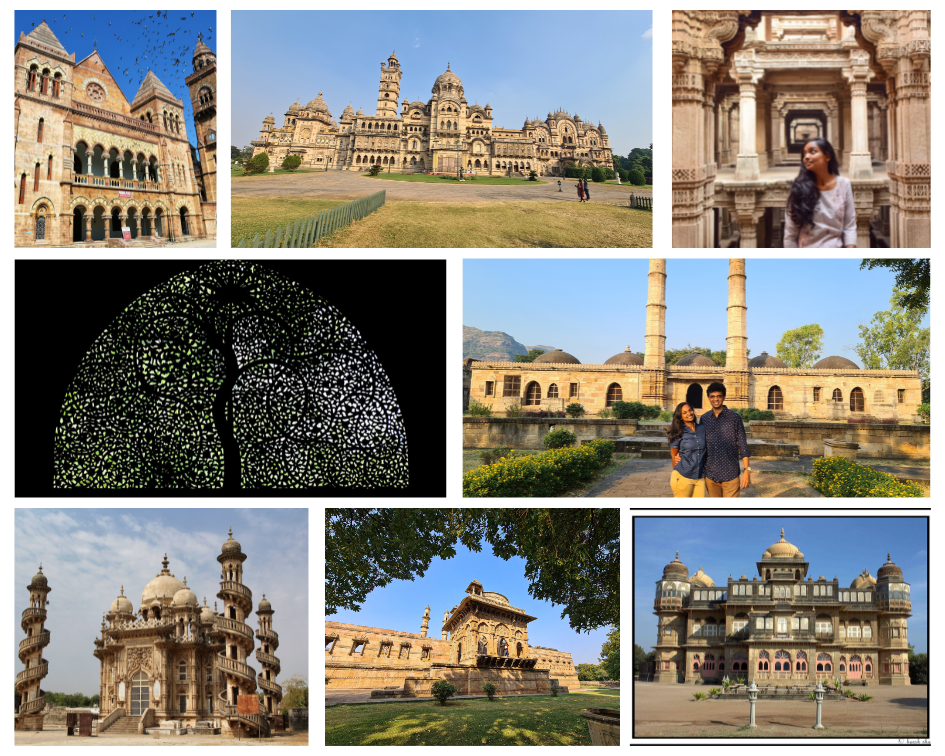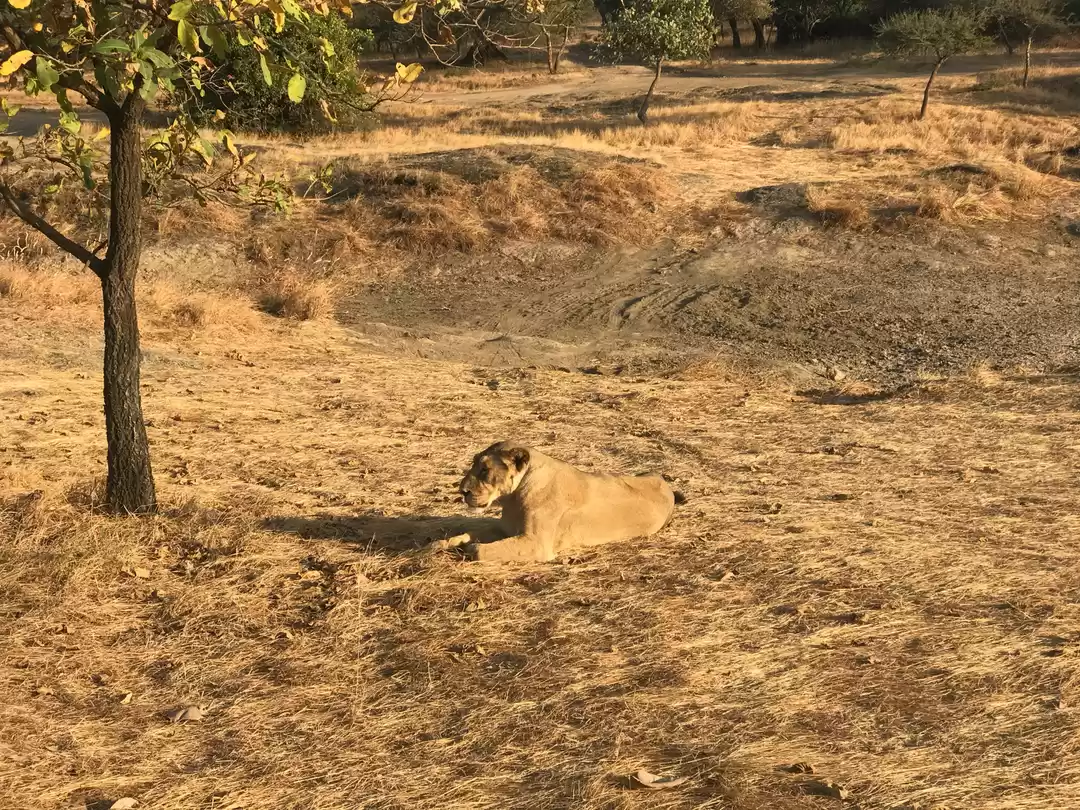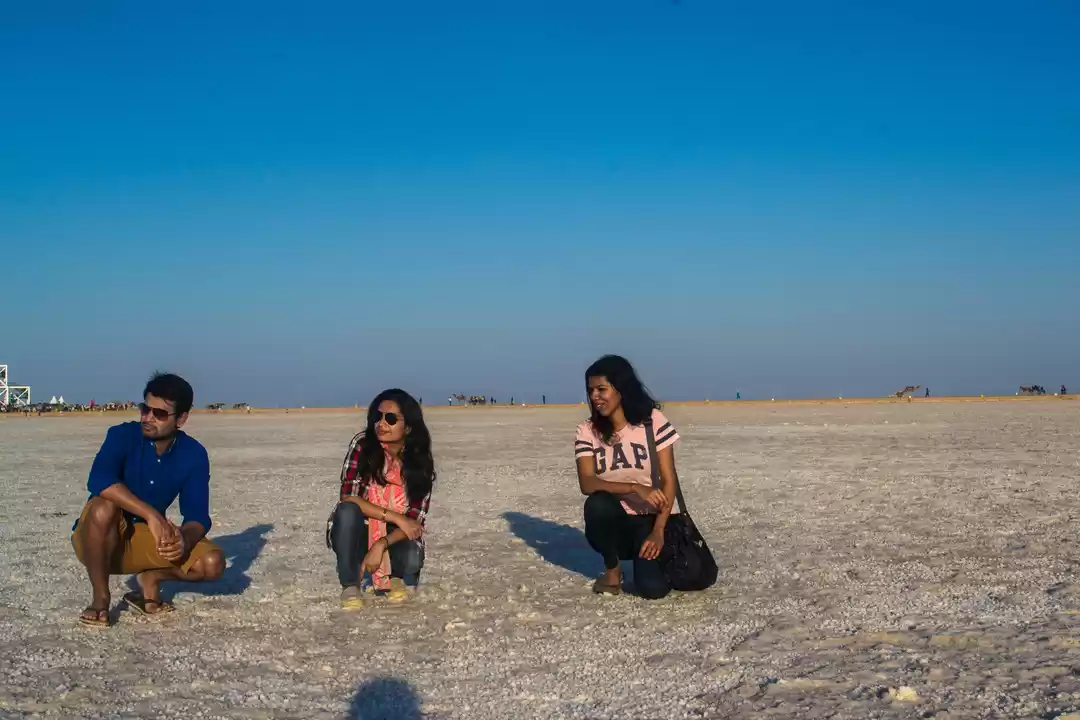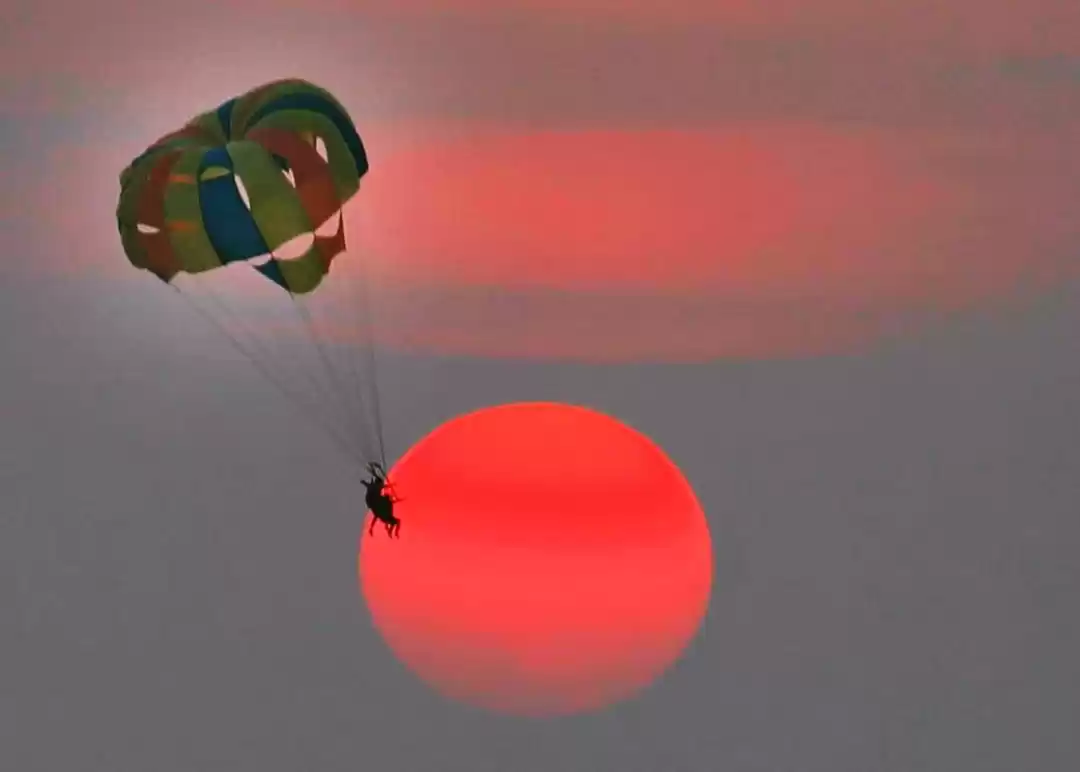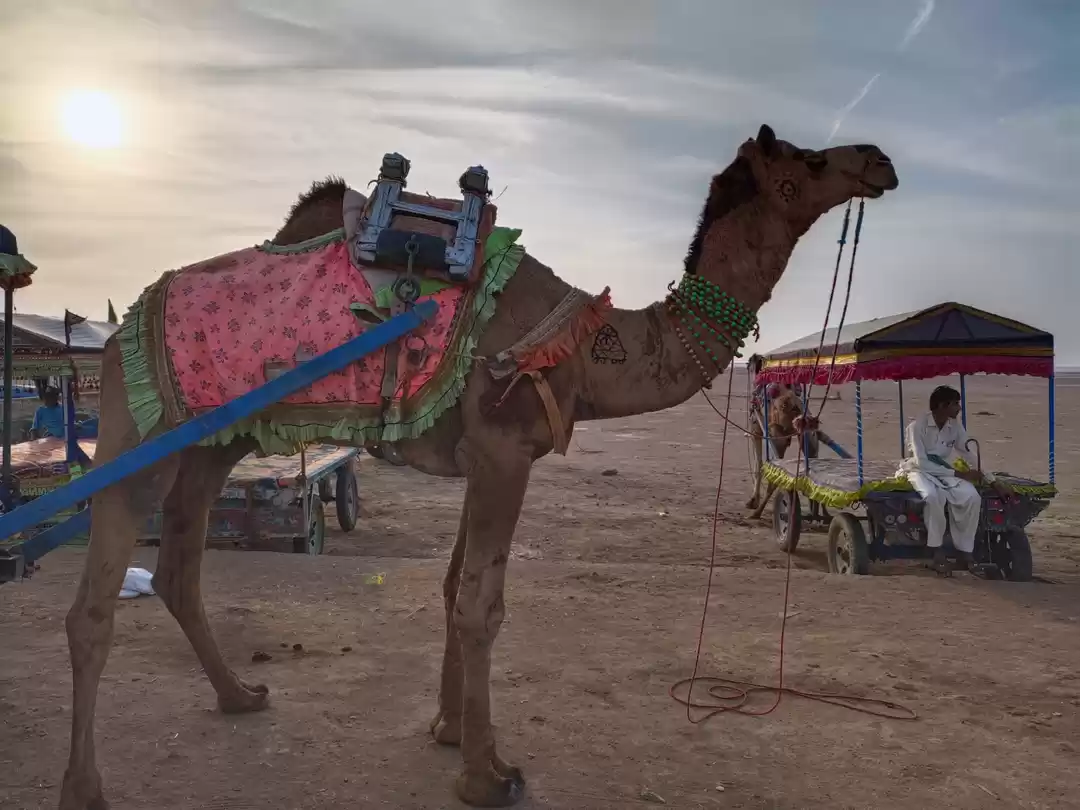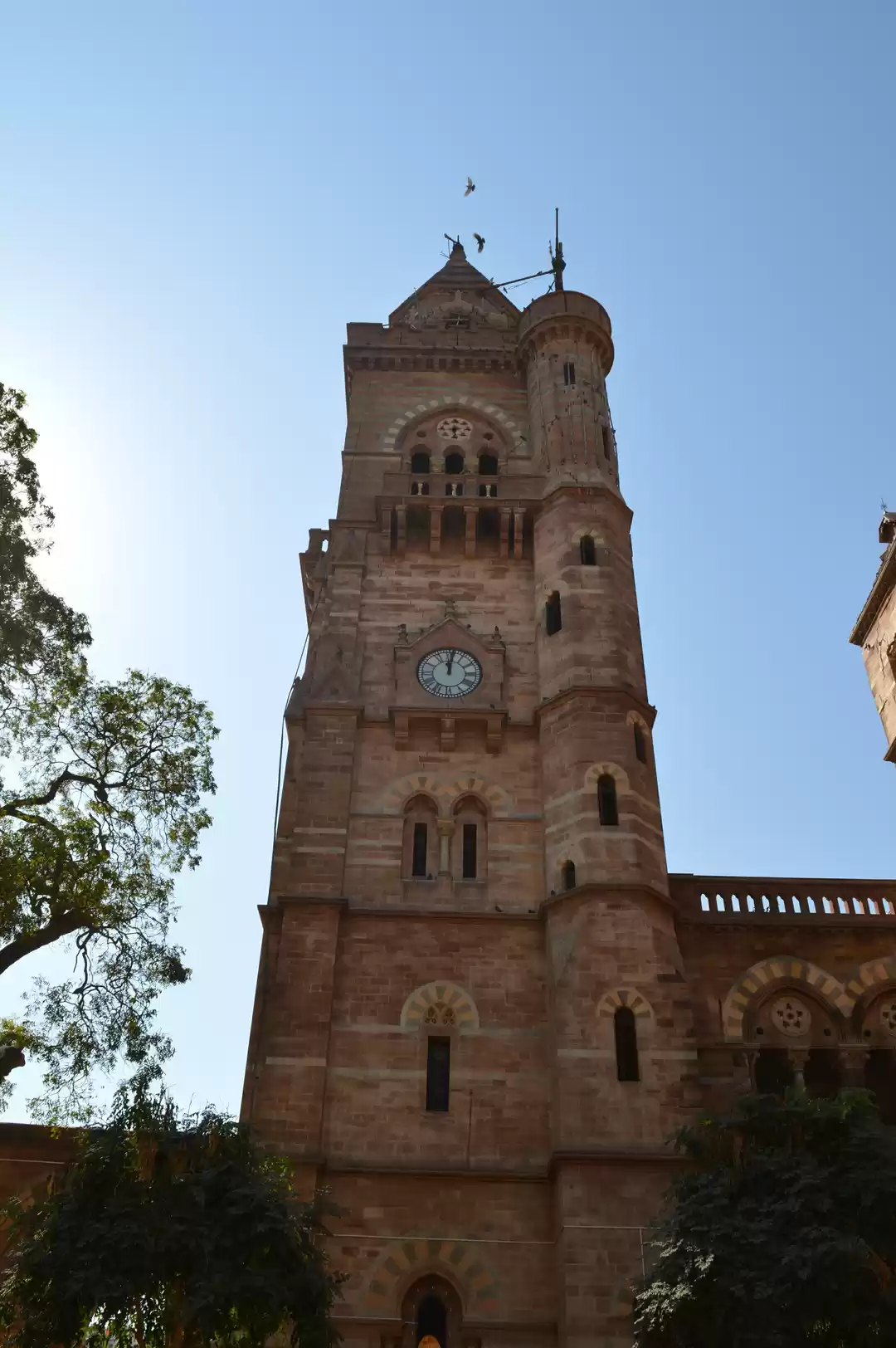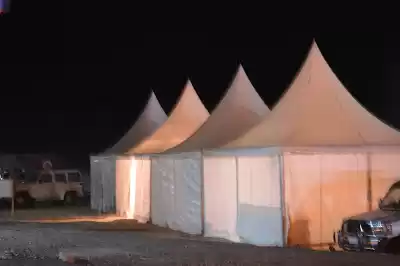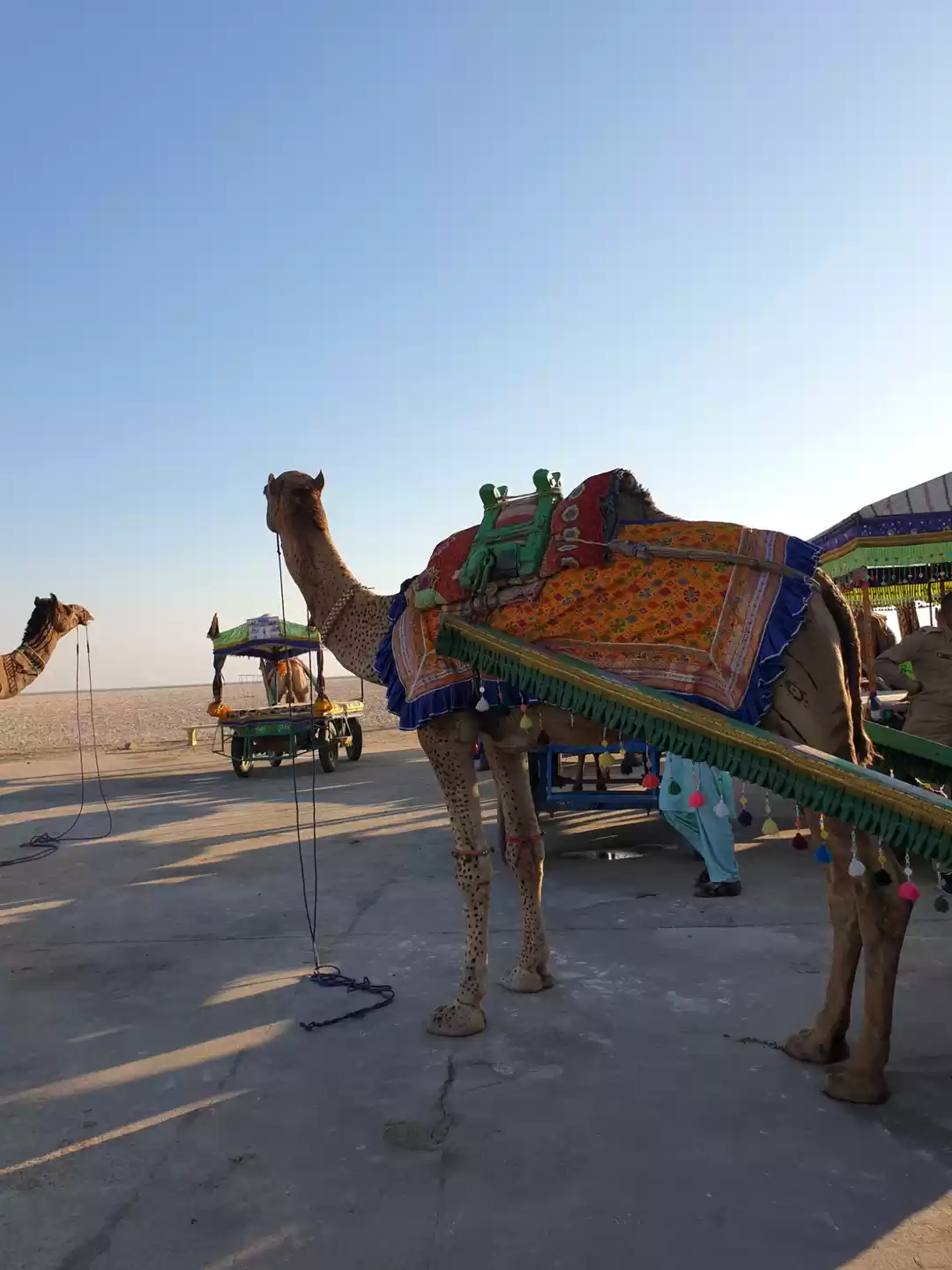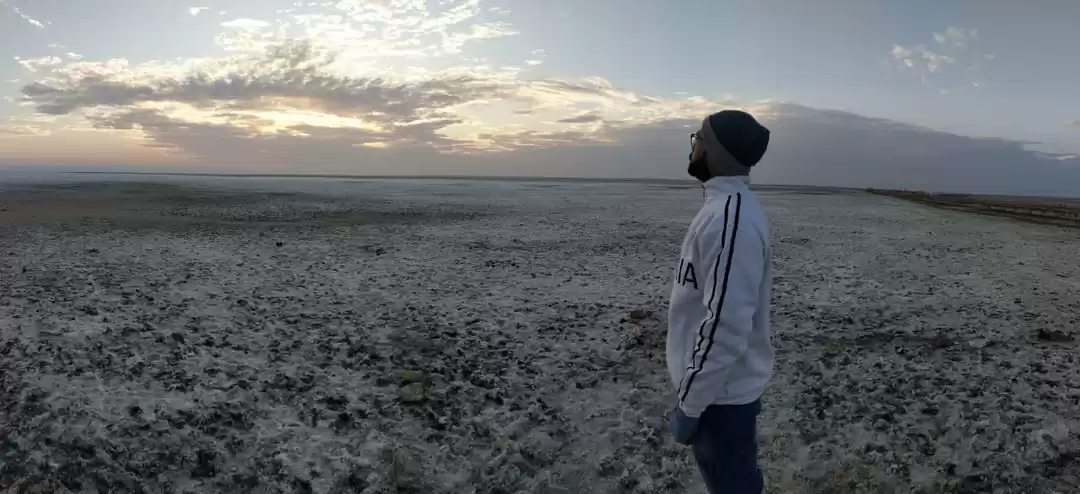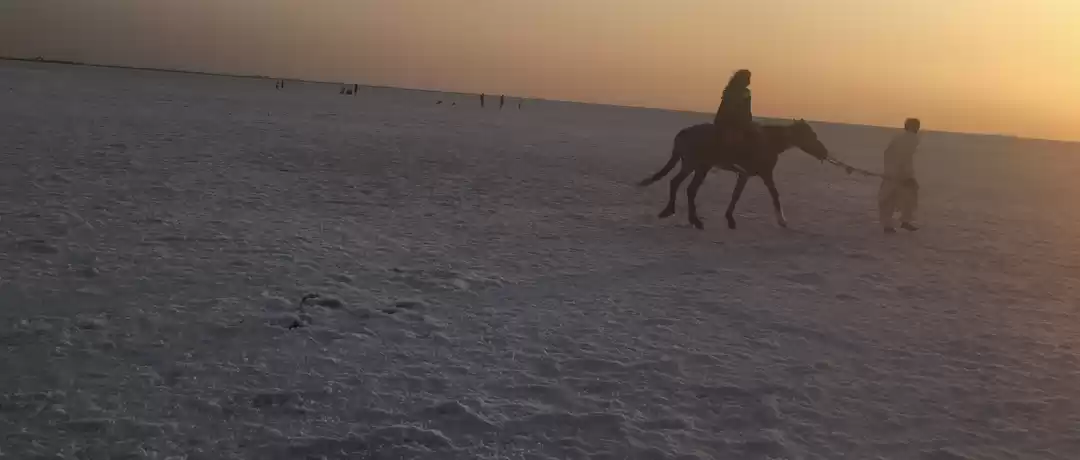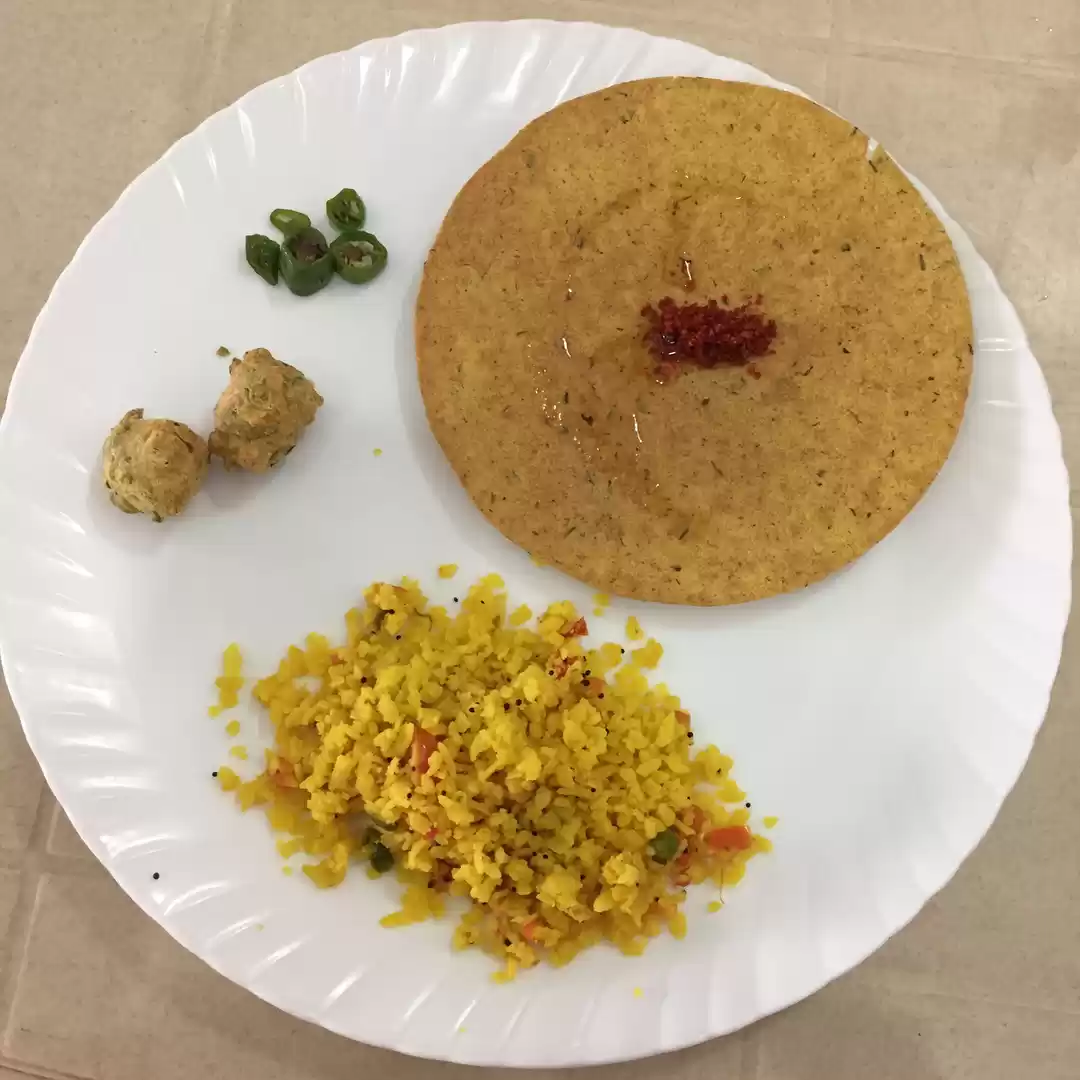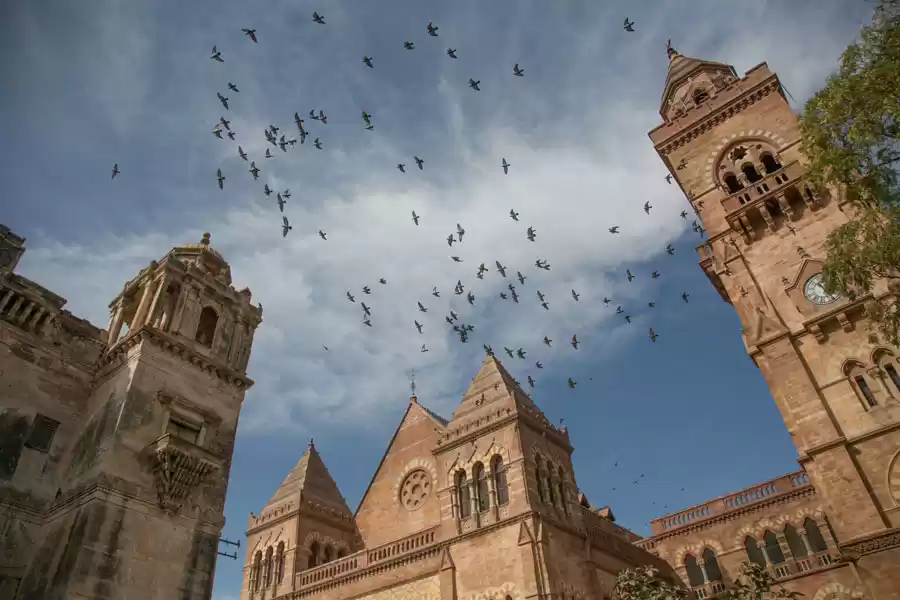The day’s ride started early even without breakfast or tea & to make the ride from Dholavira to Bhuj a little more interesting, I gave myself two challenges; 1. To remember the route and not use google maps. 2. To refill the fuel tank only with Rs. 500 fuel (now I knew the fuel efficiency of the bike and calculated that the fuel available plus Rs. 500 worth of fuel should be enough to reach Bhuj). My first stop was at Balasar which is like a small Indian nodal town. There was a stall selling Dabeli (A snack with multiple flavors- sweet, spicy, tangy and salty). It was a tasty treat accompanied with tea served in saucer. I had noticed serving tea in a saucer is common in the area so I inquired about it and got an interesting reply “Rapar people are always in a hurry” which peaked my interest and within a few minutes a question turned into a discussion amongst 7-8 people. And the secret which was revealed out of that was that the area is very dry and most of the people used to rear livestock. So, it was very important to leave home early in the morning to capture the best grazing pastures and this competition had a huge impact on the lifestyle of the locals. From there I continued the journey as per my memory and I was supposed to take a right turn after 50 to 55 kms but when I reached a canal I realized, I had missed the turn I was supposed to take by 5-6 kms as the canal was the route I used the day before and I wasn’t supposed to take that route. Now, I had a to decide to return and find the turn or continue ahead and try to move west towards Bhuj. So, I continued ahead to Rapar and passed on a road Infront of Jama Mosque Rapar towards RaparKutch Highway via Ratneshwar Temple and I noticed something amazing; Every lady was wearing the same colored, same designed dress; a black and red checked saree or burqha. Unfortunately, I didn’t ask about it and the question kept haunting me for the rest of the journey. Communism or some festival or something I don’t know yet? My next stop was Kharoi because I saw a different snack being sold at the roadside stall. It was fafda with a combination of fried chilies and sweet kadhi. The combination was being called Dhakia and to my surprise I liked the sweet kadhi a lot this time and even after this instance which I believe was because there is lot of salt in the area that even the winds taste salty so sweetness in snacks comes as a welcome treat. So, after enjoying the lovely roadside snack and a conversation about life in big cities vs life in villages of Gujarat with the seller, I moved on. Just half a kilometer ahead I saw a large group of demoiselle cranes in a small water body, stopped and captured a few pictures. A kilometer ahead of that I crossed a canal which had a road running parallel to it I stopped and inquired if the road connected to the Bhuj Highway and the reply was yes but the road is not good. Nevertheless, I decided to take the road less traveled by. Choosing that rural road was a great experience as firstly it was beautiful. Secondly, I met some kids who rode with me from Ner to Deshalpar. One sat on the fuel tank, another on the bag tied behind. We talked about their farming, summers in Gujarat and how naughty the other kid was. At about 2 PM I reached the outskirts of Bhuj and saw some interesting statues and found out that in the war of 1971 Bhuj Airport was destroyed by Pakistan’s bombing and Indian air force lacked the strength to repair it within a few days. So, the ladies from Madhapur village helped repair it within 72 hours by working day and night. Salute to them! From there, my priority was fuel and hotel. So, to save time I looked for hotels nearby and stopped at the first one I found but the experience was very bad so switched back to online booking and rode to the hotel which did cost me 30 minutes of valuable time. By 3:30 PM I had taken a shower, changed and reached Aaina Mahal which looks ordinary from outside but inside a piece of art. It is a lovely combination of glasswork and woodwork, everything is intricately carved and precisely arranged and there is a stage for musicians which is surrounded by water with fountains, the compound lit by numerous glass chandeliers and the roof is made of carved wood. The same compound has Prag Mahal which is built largely as per Roman architecture and has a very good use of white and golden colors with a combination of Roman architectural simplicity and Indian extravaganza. The rest of the compound is badly damaged because of the 2001 Bhuj Earthquake and signs of earthquake can also be seen both in Aaina Mahal and Prag Mahal. The level of destruction which can be seen after so many years gives a glimpse of what Bhuj went through that year.
After roaming & shopping in the compound for sometime I had Patra which is made mainly of arbi ke patte (colocassia) and besan (gram flour) similar to patode in bihar and UP but tastes a lot different probably due to the style of cooking and ingredients. I personally liked it so much that I learnt its receipe. Just half a kilometer away is Swami Narayan Temple which is built completely in white marble and from the first glance I was wondering why isnt this place very famous. Each carving appears precise and there is not even an inch which is not carved. But the place soon lost my interest as there was a rope tied, ahead of which women were not allowed and when the people ensuring the no women allowed rule shouted at a 4-5 year old girl who crossed it behind her father, I felt disgusted and left the place. The visit was a roller coaster ride which started with an awe and ended with repulsion within an hour. Later, the next week I read in a newspaper that the main priest believed that when menstruating women cook for their husband they are reborn as bitches and once the temple trust’s college made girls strip to ensure that the women cooking and entering the dining hall were not menstruating. (Feb 18, 2020 news) After a bad taste of humanity I went for dinner which was Dahi Dhokali with lahsuniya rotla at Viram Hotel, Bhuj. This Kutchi Dish tasted great, it was quite spicy with a thick gravy in curd and large pieces of gatte (cylindrical baked gram flour) with a combination of lahsuniya rotla which is very thick, made of bajra (pearl millet), lahsun (garlic) and butter accompanied with a traditional glass of chacch(buttermilk).
